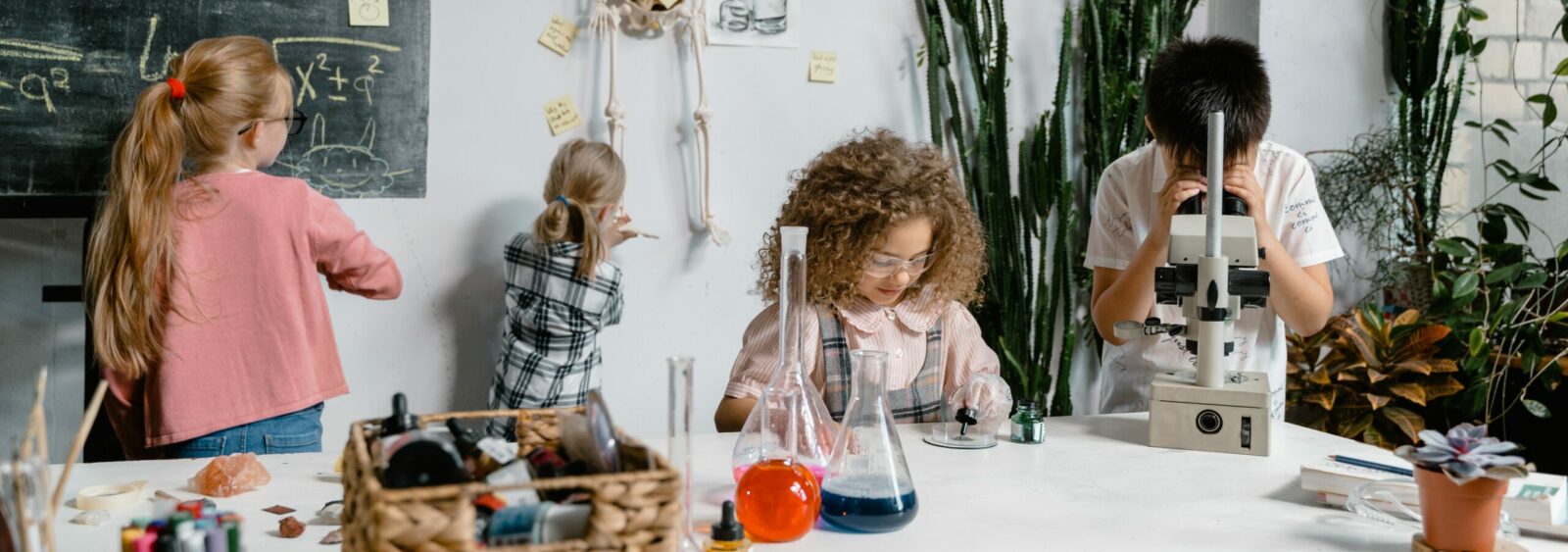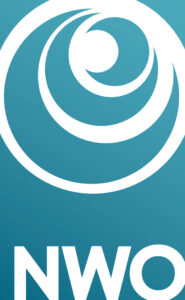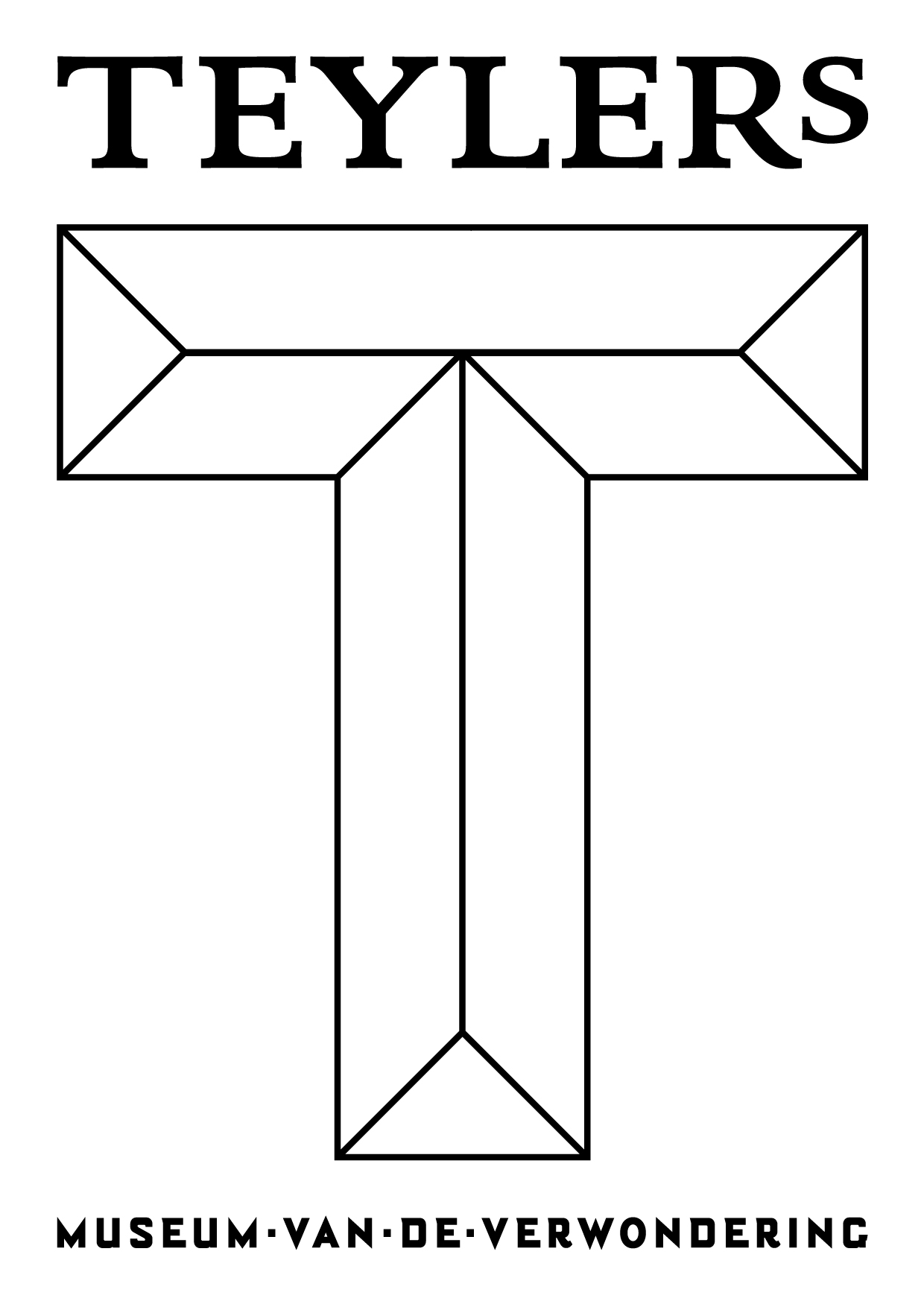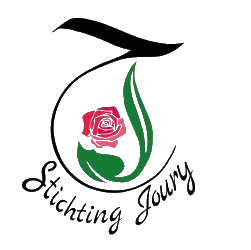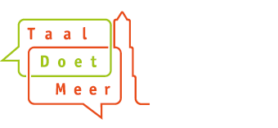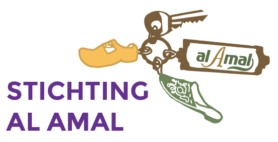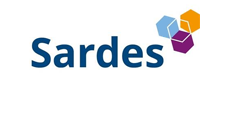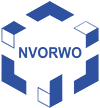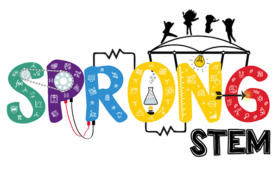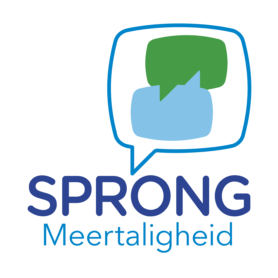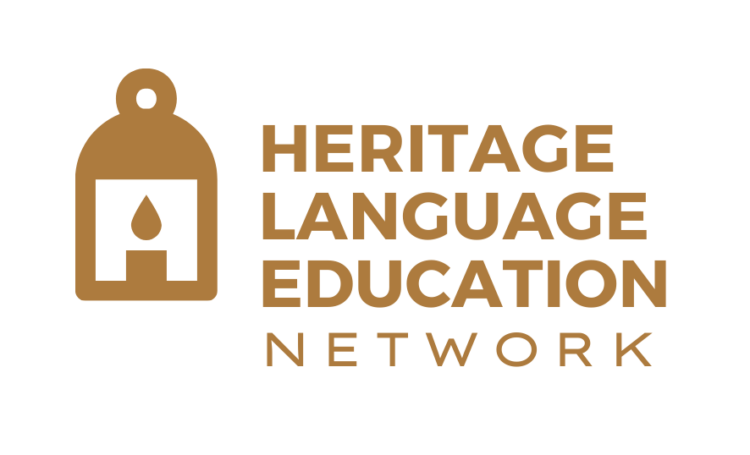Migrant families at a language crossroad
In our 2022-2023 research, we asked migrant families who visited our science museums the following question: “How would you feel if you saw your home language in the museum?”
The families remarked on the positive effect this would have on inclusion:
“… at home. You go somewhere, you see your language, you feel like you are a part of the place. You belong to the place more.”
“…you feel there is something on a systematic level, the government, they are doing something that meet our needs. It’s more inclusiveness towards refugees, newcomers, respect of all diversities.”
But they also put forward a different perspective:
“…for this kind of places, for museums, Dutch should be some local property. And that’s why putting English or Turkish there, or Arabic, in the first place, I don’t know if it’s a good idea. Because language means culture, and culture should be protected.”
“…if there is another language it gets harder to learn the local language… For example, in the Netherlands people speak English everywhere, so yeah, it makes us a little lazy, or sometimes we think that we don’t have to learn Dutch, we can communicate with people easily.”

The perspectives may seem opposed: Families rejoice at the possibility of seeing their own language at the museum, but they wish for Dutch to be protected at the expense of those languages. And yet, there is no contradiction if we think about this issue from the point of view of migrants. Upon migrating, families find themselves renegotiating their identity, by at the same time “adopting a new culture and maintaining their ethnic culture of origin”. Families want to both feel well and do well in the new culture (Azghari et al., 2015).
How can we make museums linguistically inclusive, and consider both perspectives at the same time? Having both Dutch and other languages present in the linguistic landscapes of the museum may be a solution. Multilingualism, or the use of more than one language by one or more speakers, is very common at people’s homes, communities, and public spaces (think of Dutch children being exposed to English through streaming or social media). It is, however, and for different reasons, not yet as much part of some institutions, like schools and museums.
Our research intends to explore how multilingual contexts can make these families feel more welcome, and engage more, in formal and informal science and maths institutions. What could these multilingual contexts look like? How can science and maths be made richer by parents and children who have knowledge in their home languages, and would like to express it in Dutch as well? To find out, we need the expertise of teachers, museum professionals, and of the parents and children themselves.
-Lucía Chisari | PhD researcher, Subproject ‘Science museums’.
Currently, this blog is only available in English and Dutch. To read it in another language we recommend using the translation tool DeepL.com.
